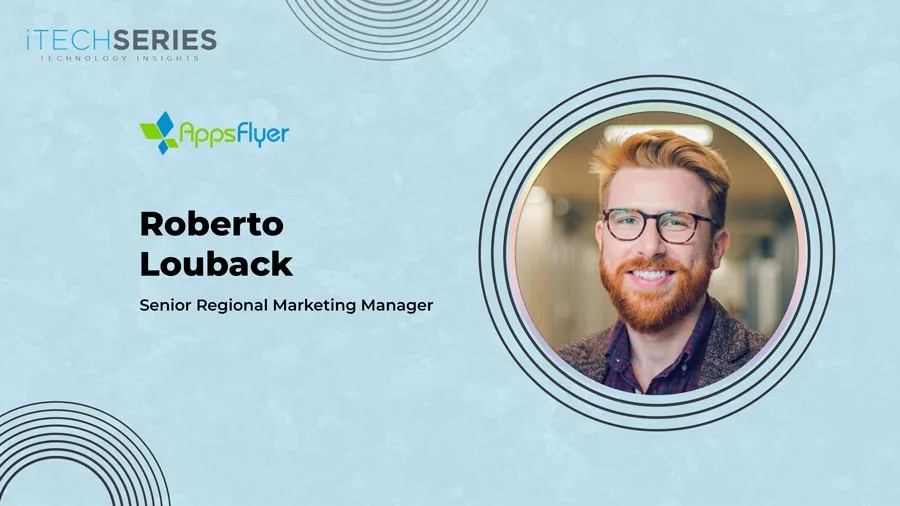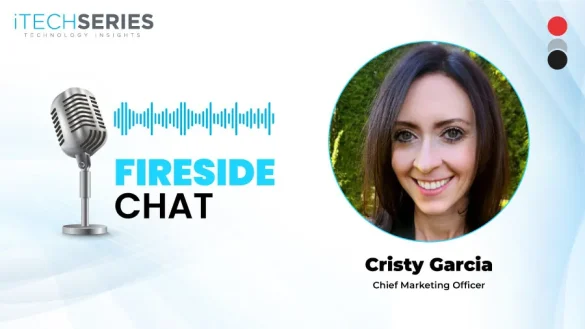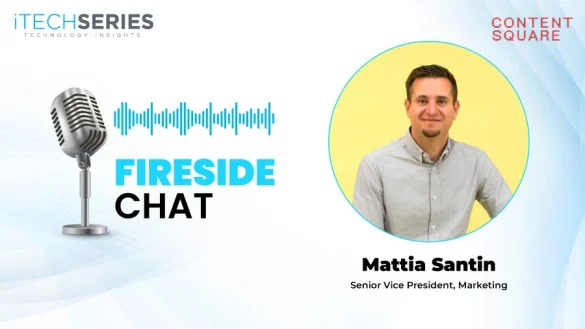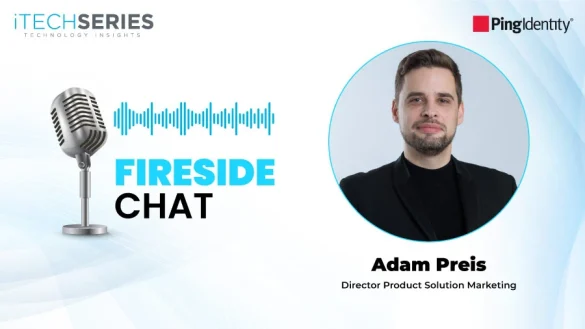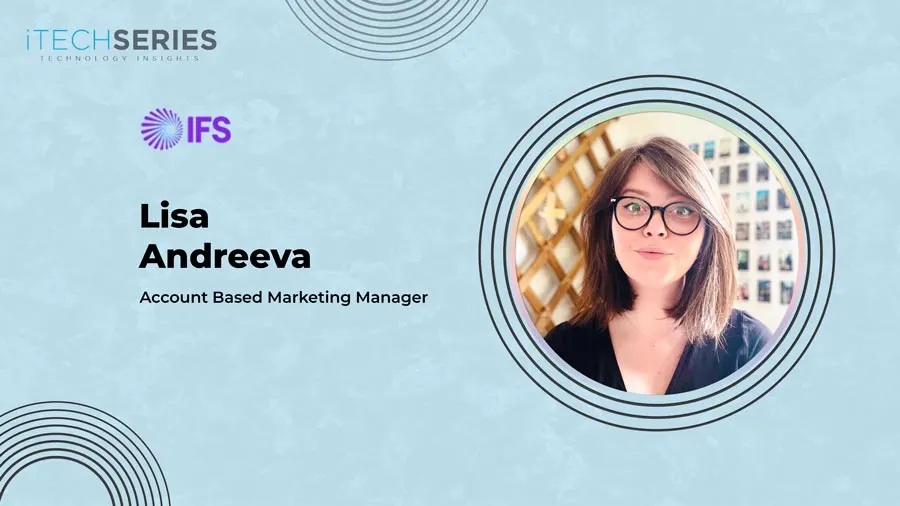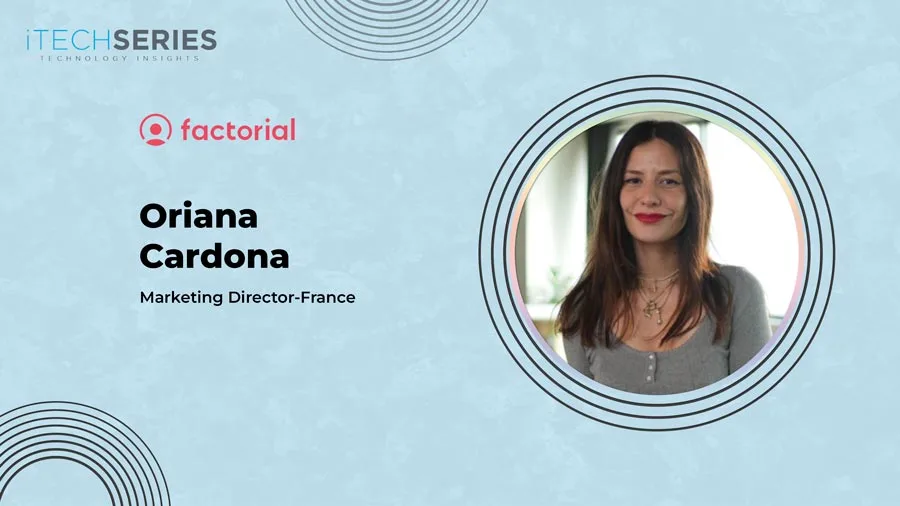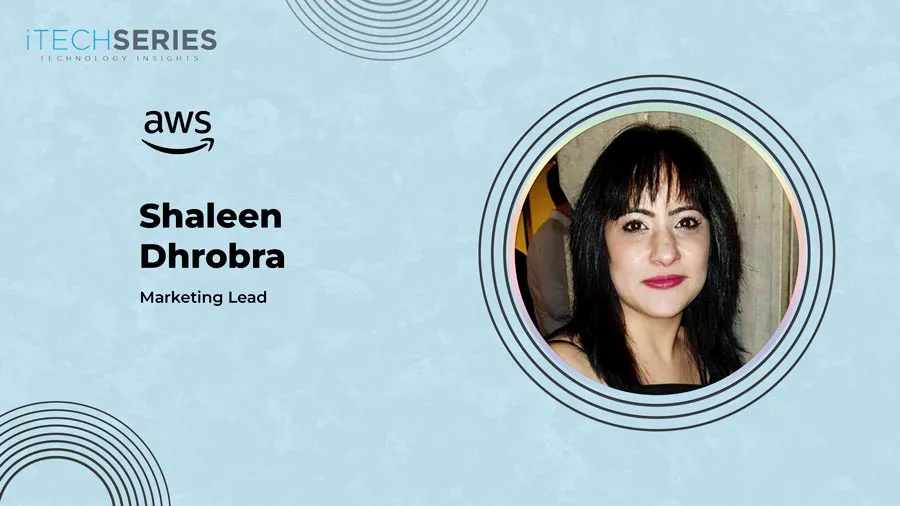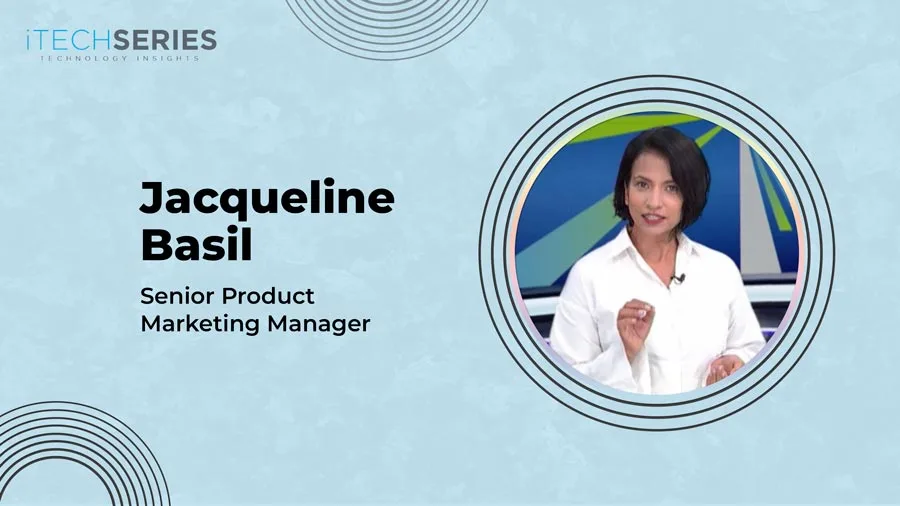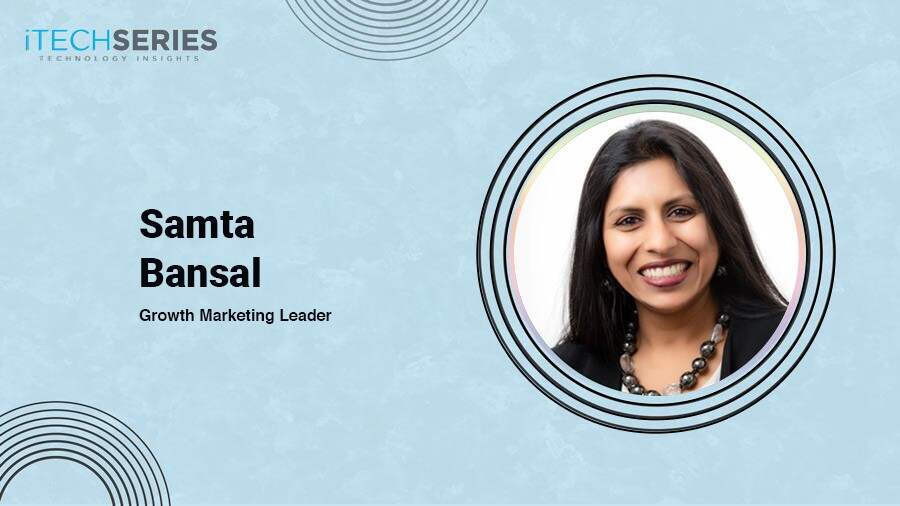Roberto Louback, Senior Regional Marketing Manager at AppsFlyer, shares his 17-year journey leading marketing across EMEA and LATAM. He discusses building ABM and field marketing strategies at scale, adapting to cultural and vertical nuances, balancing brand with demand, driving pipeline through measurement, leveraging AI with human creativity, and aligning cross-functional teams to maximize marketing impact.
It’s a pleasure to have you with us, Roberto. Could you share a bit about your background and your journey in marketing?
Thank you so much for the invitation! I’m Roberto Louback, and I have over 17 years of experience leading marketing strategies across the EMEA and LATAM regions. Throughout my career, I’ve worked with a diverse range of companies, from SMBs to large enterprises, spanning sectors like telecom, retail, travel, education, and the nonprofit sector. I’ve also run my own marketing consultancy and served as a guest professor in MBA programs, which has provided me with a broad perspective on both online and offline marketing disciplines. Currently, I’m a Senior Regional Marketing Manager at AppsFlyer, where my main focus is leading marketing initiatives for the company in Central Europe.
How has marketing’s role evolved in an increasingly integrated go-to-market structure?
A few years back, marketing’s primary stakeholder was sales, and the partnership between these two teams was vital for driving growth. Today, marketing’s role has expanded significantly. Collaboration is essential not just with sales but also with partnership teams that help amplify growth opportunities and with customer-facing teams that will often have valuable insights directly from our users. These insights can be valuable for marketing, product, and sales. Modern marketing sits at the crossroads of multiple teams, making collaboration and alignment indispensable.
You’ve led ABM and field marketing programs across both EMEA and LATAM. What are some cultural and business nuances you consider in these regions?
Effectively engaging these markets always starts with building genuine connections and trust, primarily through providing high-quality, relevant content. While there are certainly regional nuances, I’ve noticed the differences are often more pronounced across industry verticals rather than geographic boundaries. For example, gaming consistently emerges as a pioneer in adopting new marketing tools and channels, followed by retail and finance. Other verticals might adopt technologies more cautiously due to budget constraints or different maturity levels, but global trends eventually permeate all markets.
From a cultural standpoint, however, I can share one example: Brazil, business networking events typically occur much later in the evening, creating a more informal networking atmosphere, whereas in Central Europe, professionals prefer events scheduled during traditional working hours.
What elements are critical for marketing programs to effectively accelerate engagement and pipeline?
Measurement is foundational. Accurate data empowers marketers to make informed, strategic decisions rather than relying on intuition. Identifying signals that predict a user’s lifetime value (LTV) is particularly important. Without trustworthy measurement, scalability becomes challenging. Tools like AppsFlyer’s Performance Index offer industry benchmarks, allowing marketers to identify and optimize effective channels quickly. Additionally, continuous optimization across the entire funnel, responding to feedback, efficient onboarding, comprehensive 360-degree campaigns, and nurturing users ensures ongoing effectiveness. Creating a culture of constant optimization is essential for long term success.
How do you balance AI tools with human creativity and authenticity in marketing campaigns?
AI tools undoubtedly streamline and enhance marketing workflows. However, critical judgment remains essential. That’s why we’re also investing in training marketers to be AI-fluent, not just tool users, but critical thinkers who know how to question output, iterate quickly, and turn generative inputs into brand-aligned stories.
“Effective marketing continuously feeds both ends of the funnel, consistently generating new leads to fill the sales pipeline while simultaneously nurturing existing prospects for long-term success.”
Tell us about your most challenging marketing campaign experience so far.
One of the most challenging and rewarding experiences in my marketing career was leading MAMA (Mobile Attribution & Marketing Analytics), AppsFlyer’s flagship event. These conferences bring together over 500 attendees and involve coordination with more than 100 internal and external stakeholders. Every detail, from venue selection and speaker curation to content, branding, and guest experience, is carefully planned to deliver a strategic and memorable brand moment. I led two editions in Brazil (2022 and 2023) and supported MAMA Georgia (2023) and MAMA Africa (2025), each presenting unique challenges including cultural nuances, operational complexity, and tight timelines. Success depends on strong cross-functional collaboration, clear project management, and a consistent focus on delivering value and impact.
As a marketer, how do you balance driving short-term leads and long-term brand building?
Effective marketing continuously feeds both ends of the funnel. We must consistently generate new leads to fill the sales pipeline while simultaneously nurturing existing prospects for long-term success. At AppsFlyer, which currently holds over 65% of the global market share, our approach emphasizes pipeline acceleration more than initial lead generation due to our established market presence. Nevertheless, both activities remain integral, requiring strategic alignment to sustain long-term brand health and immediate business growth.
How do you ensure team alignment with marketing goals?
Alignment begins with clearly defining our ideal customer profiles alongside the commercial teams. Marketing then strategically targets these profiles through tailored content and events designed to attract high-quality leads. Our sales team then assesses and qualifies these leads, ensuring a streamlined approach from initial contact to closing deals. Regular communication, clearly defined KPIs, and collaborative goal-setting sessions reinforce alignment, keeping everyone informed and working cohesively towards common objectives.
Today’s marketing landscape demands an omnichannel, integrated approach driven by precise, comprehensive measurement across all customer touchpoints from mobile and web to emerging channels like CTV and retail media. AppsFlyer’s commitment to delivering connected, AI-ready, actionable data underscores this transformative shift, empowering marketers to adapt swiftly and drive impactful results in an ever-evolving digital marketing ecosystem.
About Roberto Louback
Roberto Louback is a seasoned marketing leader with over 17 years of experience, spanning startups to global enterprises across industries such as SaaS, telecom, travel, retail, and education. Currently serving as Senior Regional Marketing Manager at AppsFlyer, he specializes in ABM, field marketing, and events. Roberto has also run his marketing consultancy and frequently speaks at leading industry events, partnering with global tech brands to deliver impactful, customer-centric campaigns that support revenue growth.

